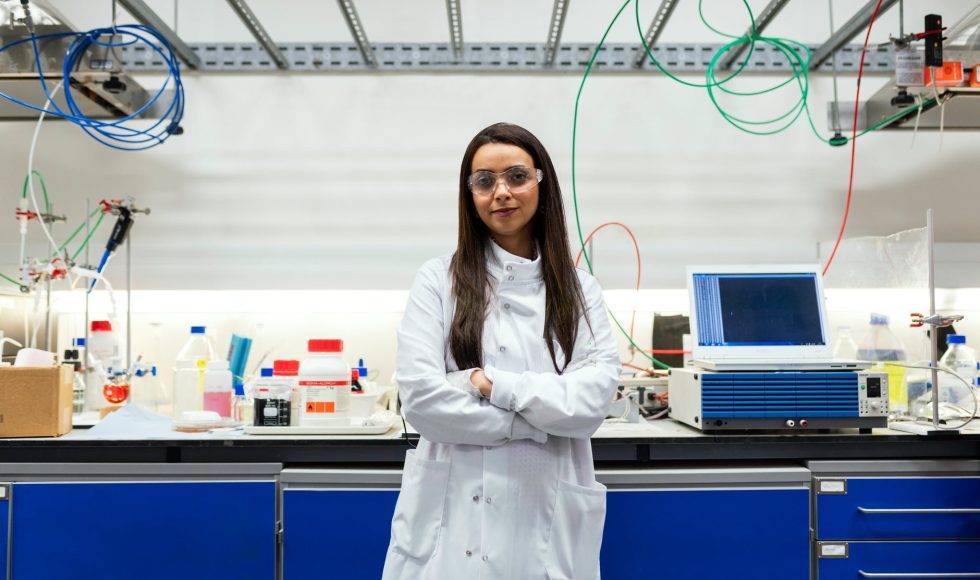I am back from SABER and getting settled. Tonight I watched Lennart Kester from the Princess Maxima Center in The Netherlands present on “Ultra-fast deep-learned classification algorithms for diagnosing pediatric CNS and solid tumors” at London Calling 2025. Kester explained that over the years they have observed an increase in the number of tumor entities, which often requires additional complex tests. Methylation classification has been used to distinguish different CNS tumors. These procedures and analyses do take over a week. Kester and team asked: how do we get better tumor type information during the surgery? In this scenario, the team turned to Oxford Nanopore Technologies (ONT) because of the speed and methylation. However, it takes time to go from sparse data to enough for classification. Kester and team trained a neural network model on methylation array data. The algorithm was trained on random subsamples of the data. The assay is now performed in a clinical settings once or twice per week and under ISO guidelines. The assay is done really fast: during the surgery! Even with low coverage, the team has observed very good performance on nanopore data of the classifier. Kester explained that the approach has been used for CNS and solid tumor classification of >180 pediatric tumor entities. Since only ninety minutes of sequencing are needed (or less), the flow cells can be reused!


